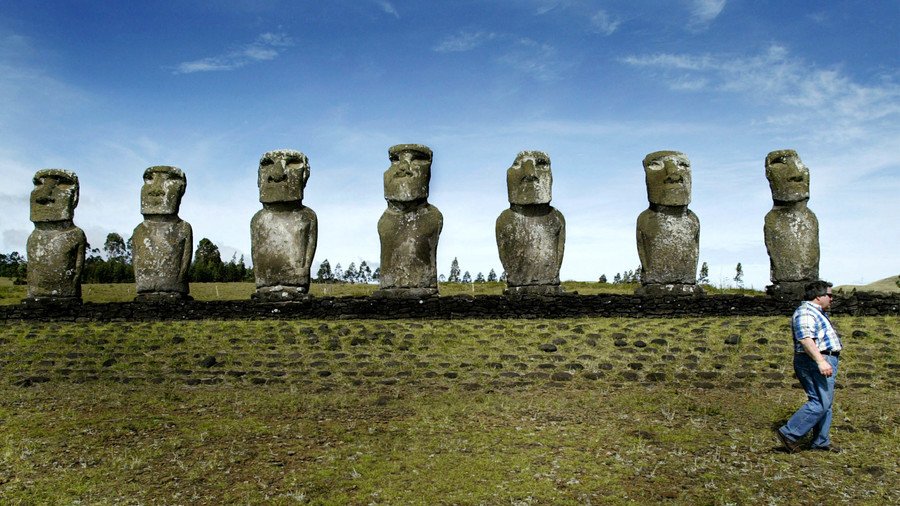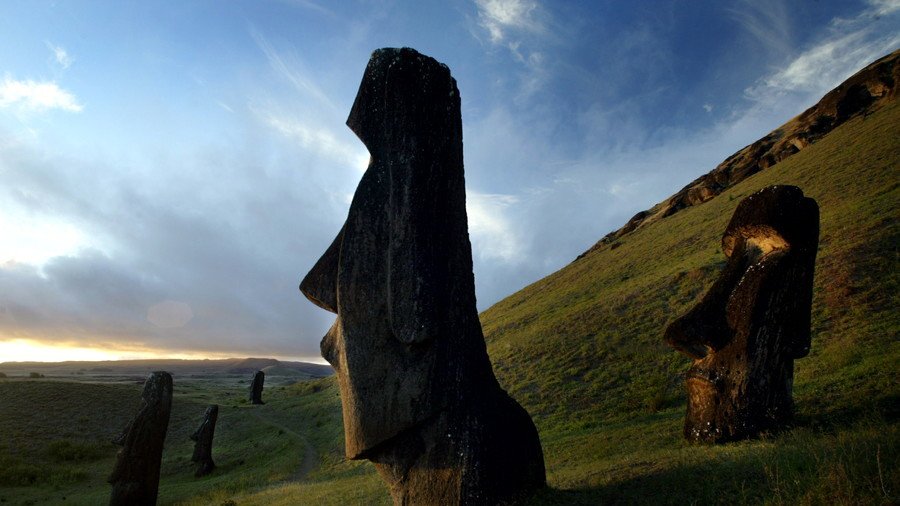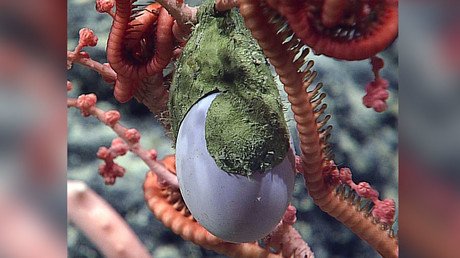Easter Island statues could be lost to sea, warns UNESCO

Easter Island, the remote volcanic island home of nearly 900 ancient monumental statues, is at risk of disappearing into the sea, according to the latest report from UNESCO.
The world heritage body blamed rising tides, which have been rapidly eroding the island’s coasts for years. However, the group is now warning that rising sea levels could completely destroy the island’s iconic ‘heads.’
"Some Easter Island statues are at risk of being lost to the sea because of coastal erosion," said Adam Markham, deputy director of the Climate and Energy Program at the Union of Concerned Scientists and lead author of the report.
READ MORE: 7,000yo Native American burial site found off Florida coast (PHOTOS, VIDEO)
Scientists predict oceans will rise by up to two meters by the year 2100, which they said will make "storms and waves become a greater threat" to coastal areas, according to the New York Times. Last year, a rock wall three meters from the south coast of the Polynesian island came crashing down due to the impact of strong waves.

Now, archaeologists will try to stall the coastal erosion by constructing a marine wall. The Japanese Government has even supplied a $400,000 subsidy to complete the work. Officials are also considering moving the massive statues and ceremonial platforms in an effort to preserve them.
Platforms containing ancient remains and giant moai statues, which represent the ancestors of the islanders, were abandoned about 2,000 years ago. Discovered by Polynesians 1,000 years ago, the island is now a Chilean territory despite being 2,200 miles (3,500 kilometers) off the country’s coast.
Aside from the loss of archeological heritage, the 6,000 residents on the island could be at risk of losing their livelihoods, as they rely almost entirely on tourists coming to visit the sites. Last year, more than 100,000 people came to visit, and the number is expected to grow to levels that exceed the island's capacity, according to officials. Tourism generates about $70 million each year through hotels, restaurants and tour businesses.














